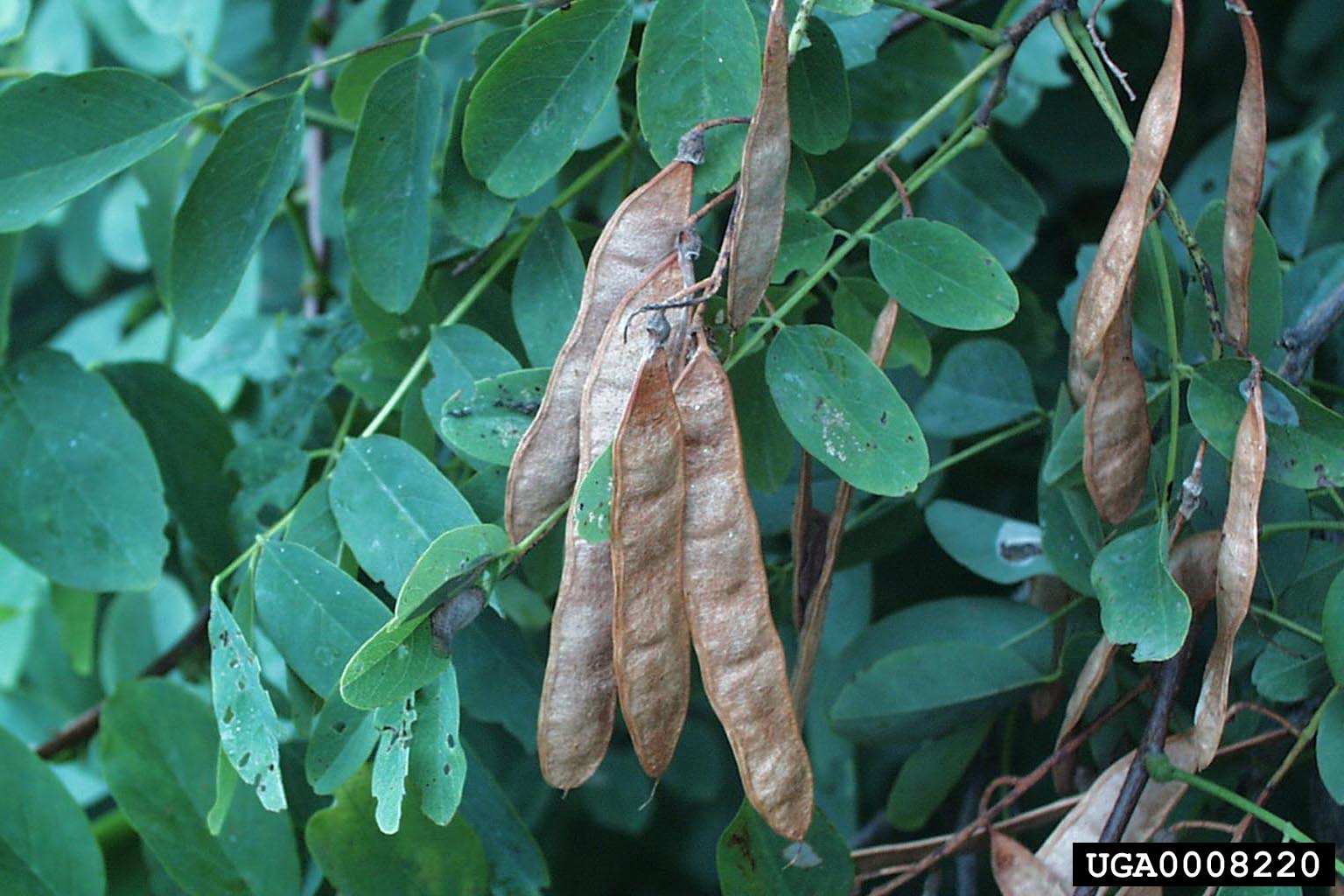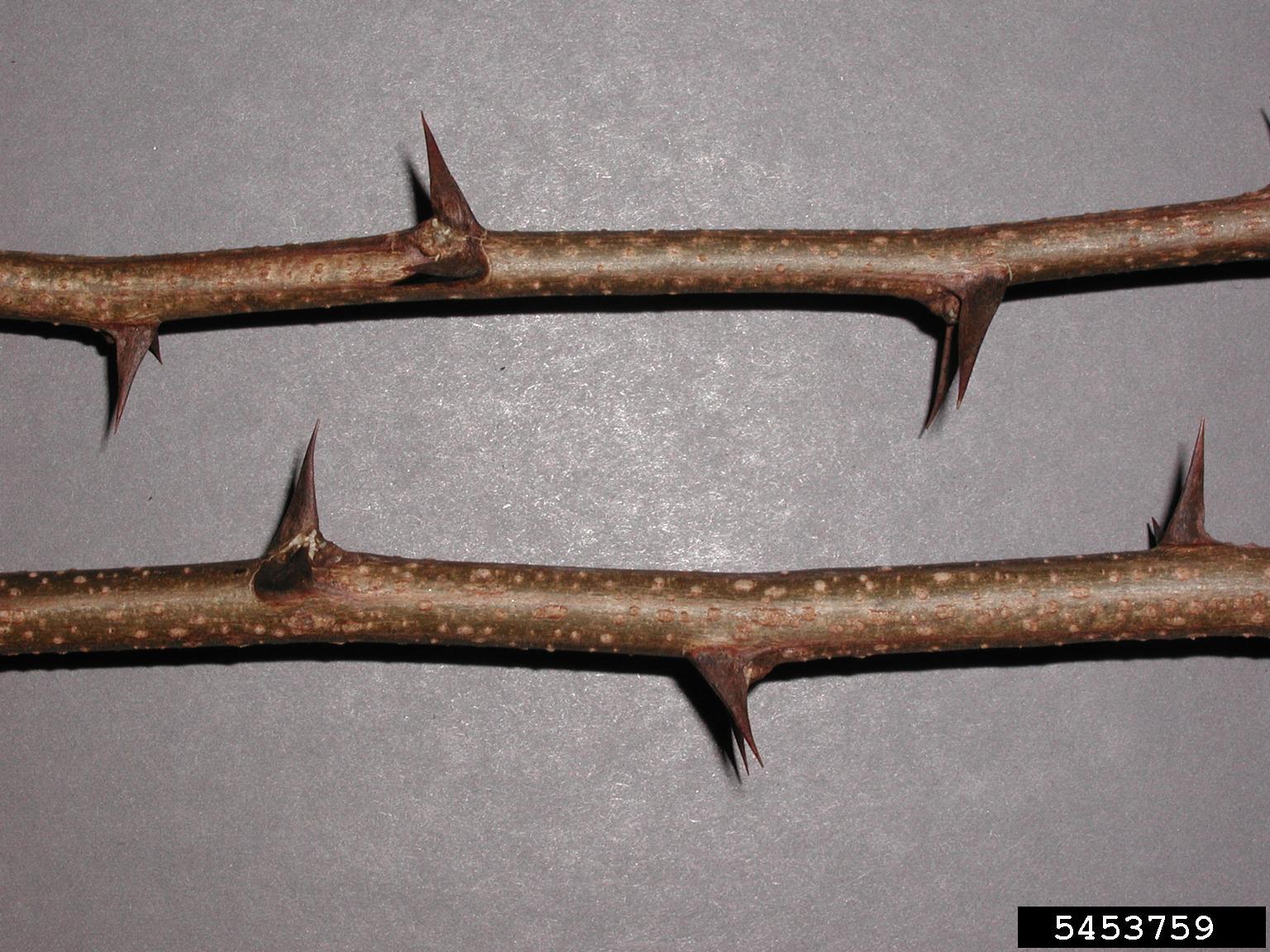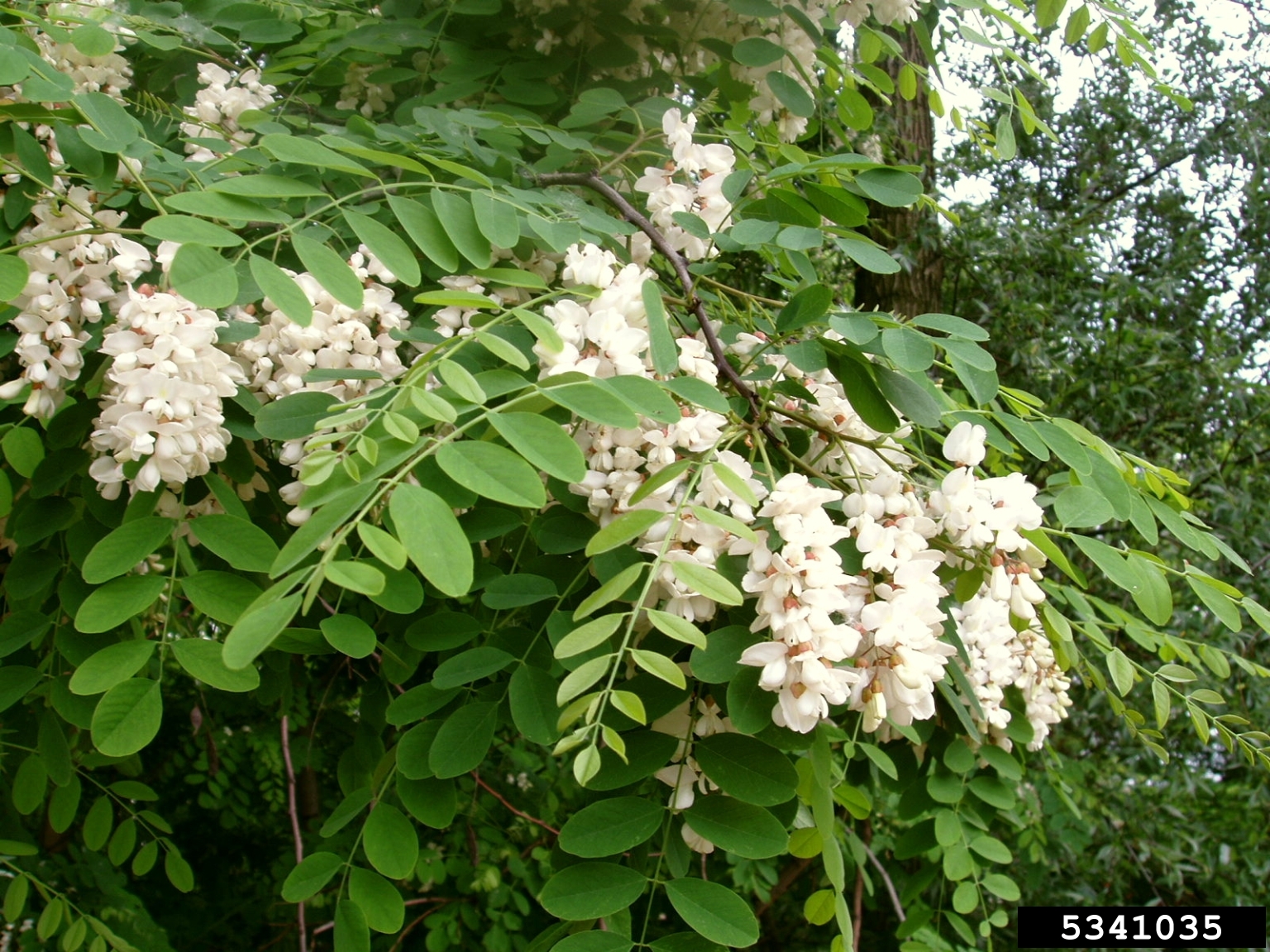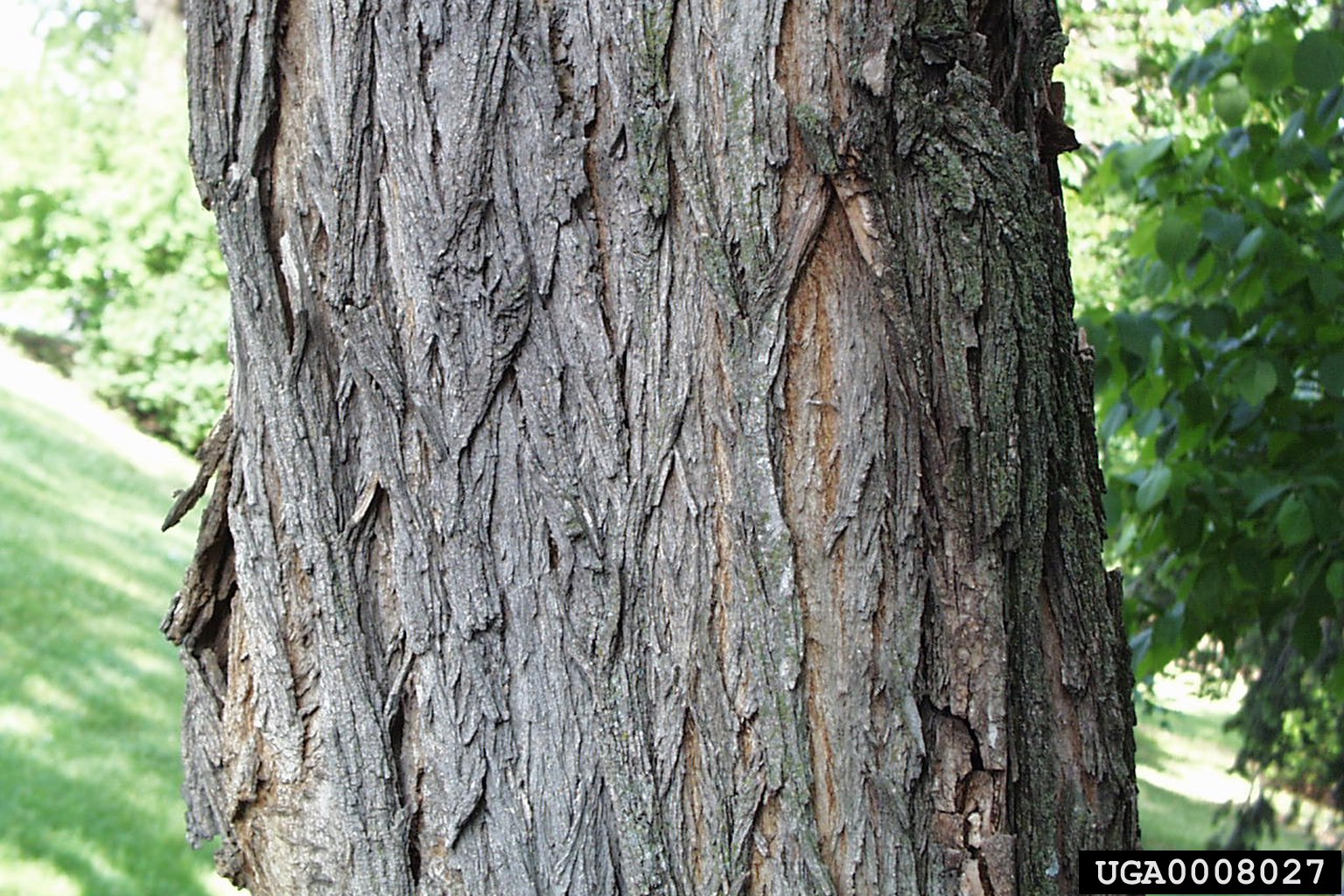Tree highlight: black locust
Black locust
Robinia pseudoacacia (Family Fabaceae)

Black locust trees are in the legume family (Fabaceae).
The basics
Black locust is a fast-growing deciduous tree native to the Appalachian Mountains and Ozarks, though it has naturalized widely across North America. It is a nitrogen fixer and thrives in poor soils and disturbed areas, making it a pioneer species in land reclamation efforts. Also known as ‘false acacia,’ ‘yellow locust,’ or ‘fragrant locust,’ black locust has deeply furrowed bark and zig-zag branches. The leaves are 8–14 inches long and pinnately compound, where 7–19 paired oval leaflets are arranged along a central stalk; each leaflet is 1–2 inches in length. The leaves have small, spine-like structures (stipules) at their base that resemble tiny thorns and help distinguish the species from other trees with similar compound leaves. In late spring, black locust produces drooping clusters of showy, intensely fragrant white flowers that attract pollinators. These mature into conspicuous 2–4 inch seed pods that turn brown as they mature.Did you know?
- The use of black locust is limited because of persistent infestations of the locust borer, an insect pest that compromises the structural integrity and appearance of infested trees.
- Black locust trees can grow up to 14 inches per year when conditions are optimal.
- Black locust should be used carefully in planned tree canopies because it can become weedy, its root sprouts can disrupt patios and sidewalks, and the branches are prone to breakage.
- Early settlers exported black locust to Europe as early as 1601, making it one of the first North American trees introduced abroad.

Black locust twigs have pointed thorns.

Black locust flowers produce large amounts of pollen and nectar.
Wildlife
- Black locust seeds are consumed by game birds such as quail, pheasant, and turkey.
- Flowers provide nectar for bees, bumblebees, hummingbirds, and butterflies.
- Black locust hosts over 50 species of insect larvae, including moths and butterflies, supporting bird populations.
- Honeybees use the nectar for locust honey, known for its light color.
Uses
- Black locust is widely used for land reclamation projects for its rapid growth, tolerance of poor soils, and nitrogen-fixing ability; it helps restore degraded landscapes and improves soil fertility.
- Black locust wood is one of the hardest, densest and most rot-resistant hardwoods in North America, making it ideal for fenceposts, landscaping ties, and firewood.

Black locust bark is deepy furrowed.
Benefits
Over a 20-year period, a healthy black locust with a diameter of 15 inches will offset 10,515 car miles worth of CO2, absorb enough stormwater to fill 1,295 bathtubs, and remove an amount of pollution from the air – in gaseous and particulate form – equivalent in weight to 65 smartphones! Learn more at: https://mytree.itreetools.org/
Black Locust Tree of the Week video
By University of Kentucky Forestry and Natural Resources Extension.
Click to watchContact us: ufi@uky.edu
Images sourced from forestyimages.org

